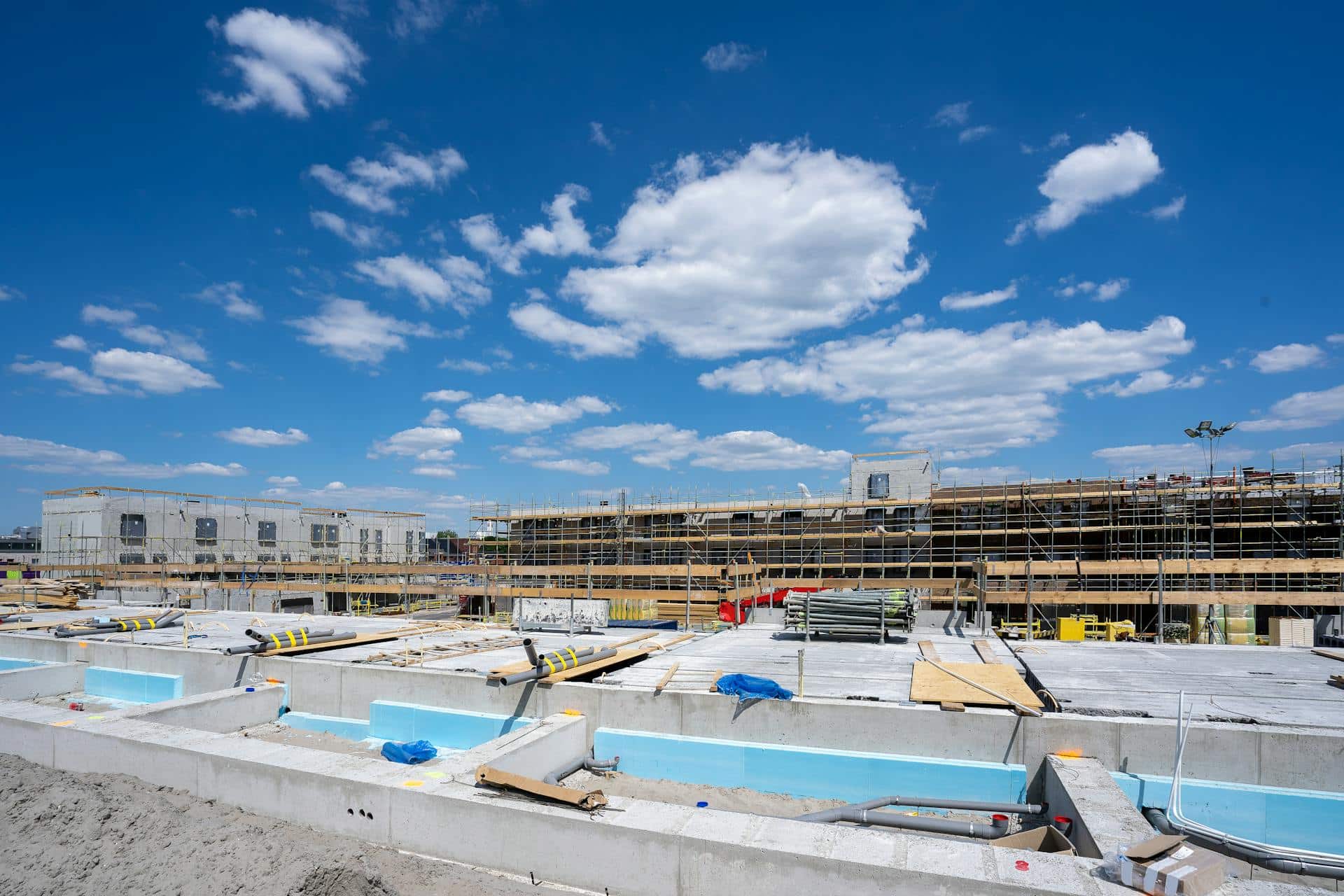Table of contents
Story at a glance
- Federal funding freezes are stalling cash flow. $26B in paused projects is rippling through the entire construction sector.
- Delays stack fast. Missed draws and inspections can push even healthy projects toward a liquidity crunch.
- Flexible capital keeps jobs moving. National Business Capital helps firms bridge gaps and stay on schedule.
The ripple effect starts fast
You can have cranes in the air, crews on site, a full backlog, and still be at risk of a gridlock.
When Washington hits pause, it’s not just new bids that stop moving. The slowdown ripples through the system: inspectors off the clock, sign-offs delayed, and scheduled draws hanging in limbo.
Even firms outside direct federal work are feeling the drag as state and municipal budgets tighten in response. What starts in D.C. quickly reaches job sites across the country.
The question isn’t if it spreads—but how far it reaches before you adjust.
The Shutdown Timeline
Days 1–7: Shock & Pause
Furloughs begin across federal agencies. Inspectors and permitting officers stop responding. Scheduled draws slip behind. Subcontractors start asking questions, but most expect a rebound within days.
Early indicators:
- Delayed payments or partial draws
- Nonresponsive inboxes from permitting offices
- Contract provisions tied to federal oversight
Smart moves:
- Identify active projects with any federal touchpoints.
- Tighten visibility on receivables over the next three weeks.
- Talk with your funding partner early—our advisors are on hand.
Days 7–14: Strain Builds
What began in Washington starts hitting local levels. Payment delays ripple outward. Change orders and task authorizations sit unsigned. Municipalities try to plug gaps with limited reserves, while project owners grow cautious.
Warning signs:
- Paused change orders or pending task authorizations
- Project owners deferring payments or shifting scopes
- Early tension among subcontractors waiting for payment
Strategic response:
- Submit all pending invoices, even if final approval lags.
- Reforecast project schedules and communicate updates.
- Model your next few draws: what happens if two are delayed?
Days 14–21: Liquidity Crunch
By week three, the strain hits balance sheets. Contractors relying on federal progress payments start testing their limits. Inspections queue up with no one left to sign off, and subs begin demanding guarantees.
Red flags:
- Escalating pressure from vendors or subcontractors
- Delayed inspection feedback
- Owners pausing projects “temporarily”
Best Actions:
- Be transparent with partners—silence triggers panic.
- Structure formal pause agreements instead of informal holds.
- Line up bridge financing or working capital before urgency sets in.
The bigger picture
This isn’t about panic—it’s about pacing.
A short-term freeze exposes how dependent construction cash flow is on the rhythm of government movement. The firms that keep operating through uncertainty aren’t sitting on endless reserves. They’ve aligned their capital to move in sync with their projects.
Cash sitting idle won’t protect you. Capital that’s structured for flexibility will.
How National Business Capital helps
Our construction advisors are working closely with firms nationwide to pinpoint exposure, assess timing risks, and stabilize working capital.
With flexible financing solutions, clients are keeping crews paid and projects active even when draws stall and inspections slow.
During the shutdown, we’re offering:
- One-on-one capital exposure reviews
- Bridge financing and short-term working capital options
- Fast-track access to construction-ready lenders
Plan for the pause
Whether your next bid is waiting on approval or your current draw is delayed, timing is everything. Now’s the time to clarify your exposure, shore up liquidity, and keep your projects in motion.






